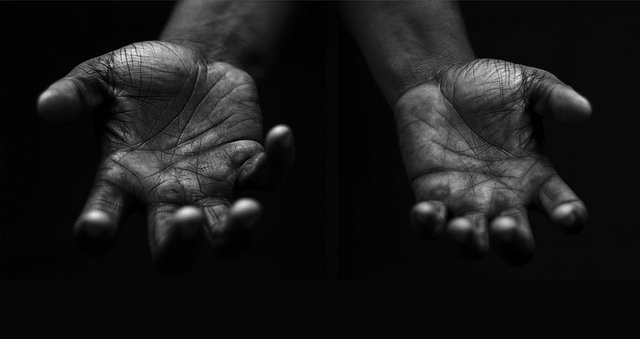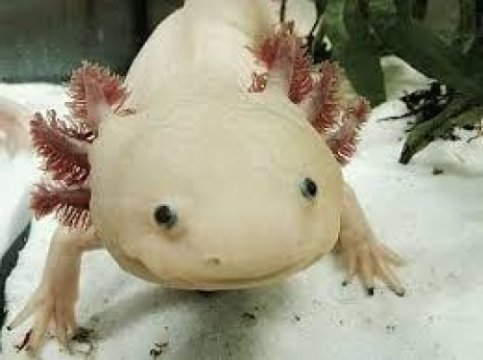Growing New Limbs Moves from Sci-Fi to Reality

Aristotle was fascinated by the ability of animals to regenerate body parts. This fascination has survived through the centuries, and scientists today are still probing the answer to the question on how they do it. The recent advent of sophisticated tools for genetic and computational analysis have finally made it possible for scientists to study the genetic machinery that enables regeneration.
Scientists at the MDI Biological Laboratory in Bar Harbor, Maine are using such tools and have identified genetic regulators that govern regeneration and are common across species. Although humans share many genes with lower organisms, but our capacity for regeneration is limited and we do not have the amazing ability to regenerate form and function of virtually any tissue after injury as they do. The scientists are hoping to activate these regenerative mechanisms in humans.
The axolotl, a salamander native to the lakes of Mexico; the zebrafish, a common aquarium fish originally from India; and the bichir, a ray-finned fish from Africa all have regenerative abilities. Benjamin L. King, Ph.D., and Voot P. Yin, Ph.D have now identified common genetic regulators in these three species.

The axolotl (Mexican salamander) is one of the three regenerative animal species outlined in a new study that identified typical genetic regulators ruling limb regeneration in all three species. The findings propose that these regulators aren't specific to any specific species, but have been preserved through evolution (in humans as well). The discovery could open the doors to employ these regulators with drug therapies. (Image Credit: MDI Biological Laboratory)
The three species diverged on the evolutionary tree about 420 million years ago and King notes that although they didn’t expect the patterns of genetic expression to be vastly different, they were amazed to discover that they were consistently the same. This suggests that these mechanisms have been conserved by nature through evolution and are therefore not specific to individual species.
This is a huge advance in understanding why tissues, including limb tissue, regenerate poorly in humans. The discovery will serve as a platform to inform new theories about the genetic mechanisms fundamental to limb regeneration. It might even in future be possible to manipulate those mechanisms with drug therapies.
The discovery of a genetic signature for limb regeneration in three different species with three different types of appendages may sound like science fiction, but it has now moved limb regeneration in humans within the realm of possibility. Yin notes that nature has possibly created a common genetic instruction manual governing regeneration. If this is true, all forms of animal life, including humans might share this instruction.
Blastema is a mass of cells that serves as a reservoir for regenerating tissues and the formation thereof is the first critical step in the regeneration process. King and Yin used sophisticated genetic sequencing technology to study the formation of blastemal. This has helped them identify a common set of genes that are controlled by a common network of genetic regulators known as microRNAs.
Kevin Strange, Ph.D., is the laboratory's president. He feels that this remarkable study has confirmed the value of their approach to study an evolutionarily diverse range of animals to gain insight into the genetic mechanisms that underlie regeneration. Complex tissues regeneration and repair processes are poorly active in humans and Strange feels that this approach will reveal why.
The results of the study could aid in the development of more sophisticated prosthetic devices and has implications for wound healing. The nerves at the site of a limb amputation can be damaged. If these nerves could be repaired and regenerated, sophisticated prostheses that interface with these nerves would allow for greater control. Wound healing requires the replacement of lost or damaged tissues. Once the mechanisms are better understood, treatments to speed wound healing could potentially be developed. These treatments would reduce pain, decrease the risk of infection and get patients back on their feet faster than before.
While in the short time span we could see improved prostheses and speedier wound healing, the ability to regrow limbs is a long way off. The timeline very much depends on the pace of discovery, which depends heavily on funding.
Study has been published in the journal PLOS ONE.

Like what you read (without annoying ads :) ) ? Then please upvote our posts and follow us for the best daily science news on SteemIt!